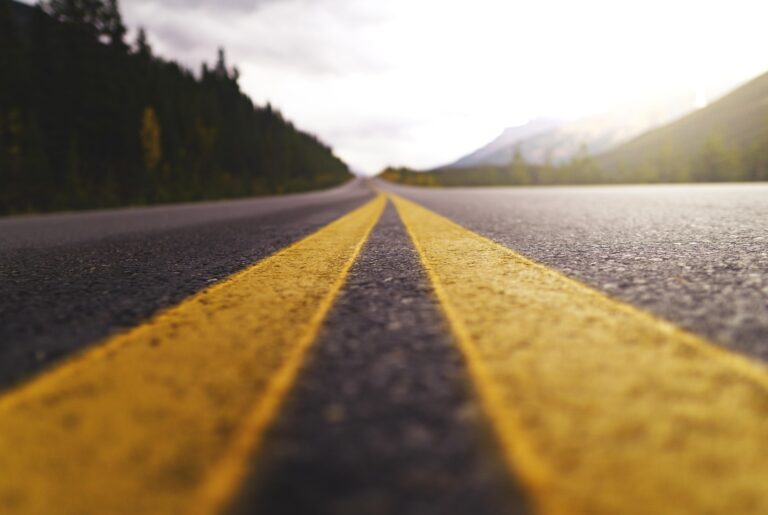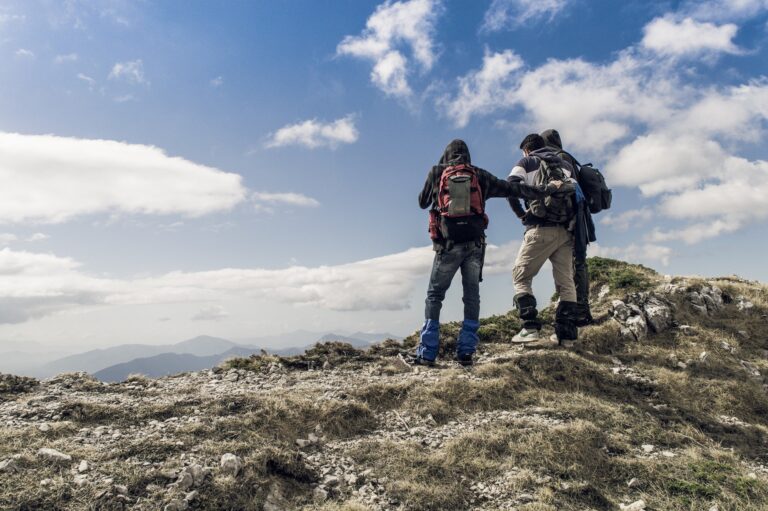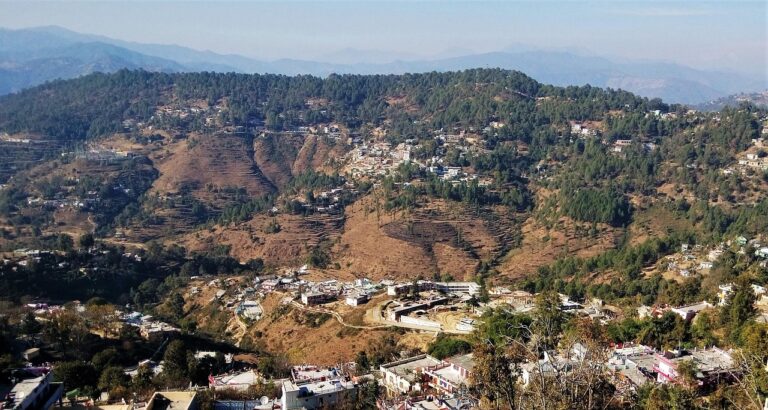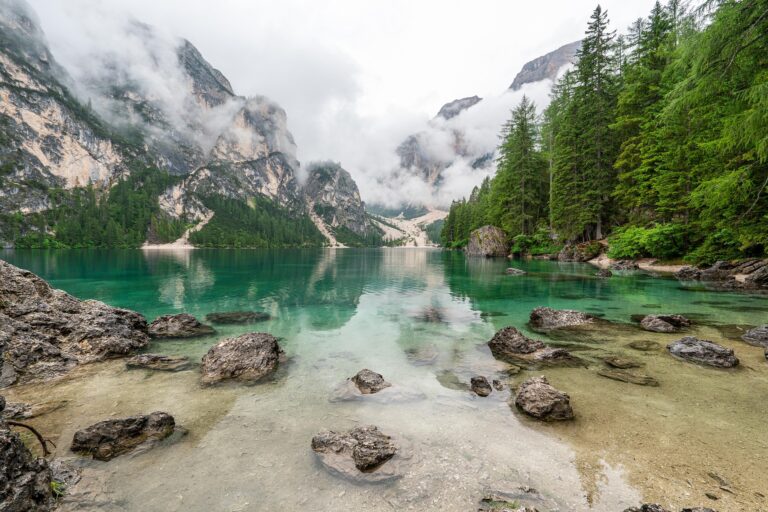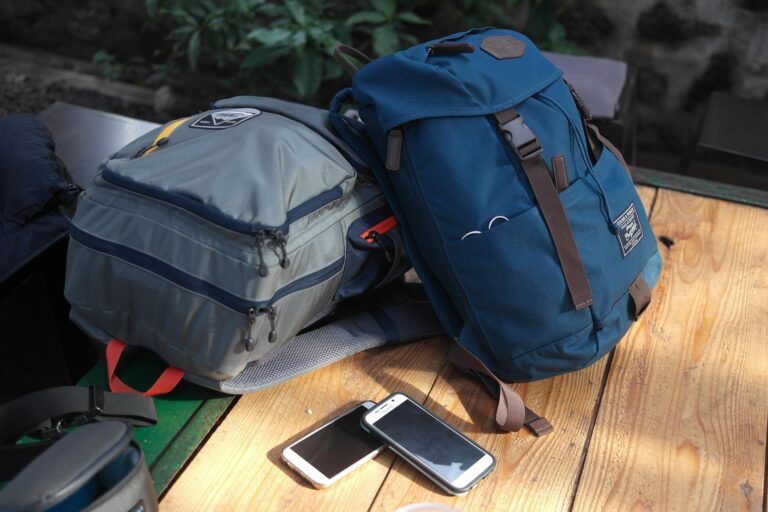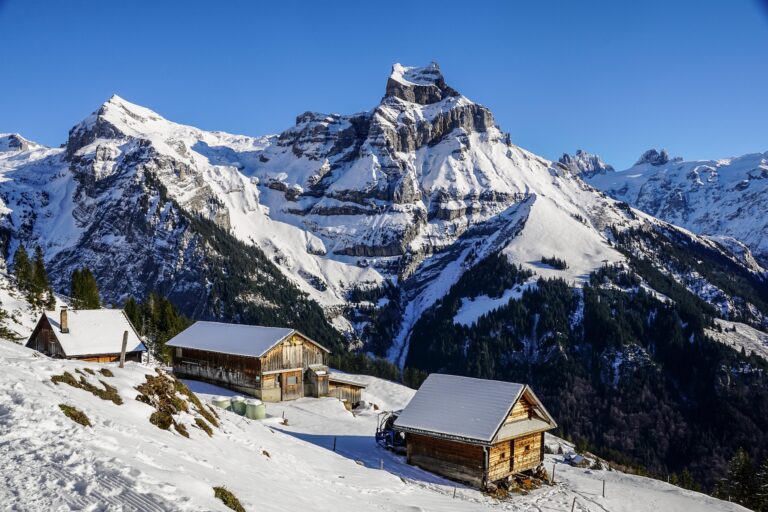The Chardham Yatra — covering the sacred temples of Yamunotri, Gangotri, Kedarnath, and Badrinath in Uttarakhand — is one of the most spiritually enriching journeys for Hindu devotees. But this yatra is not just a test of faith; it also challenges your planning, physical endurance, and logistical preparation.
One of the key elements to a successful Chardham Yatra is choosing the best routes. With the mountainous terrain, unpredictable weather, and ongoing roadwork or landslides, selecting the right path can make your journey significantly safer and more comfortable. In this blog, we will explore how you can find the best routes for your Chardham journey in 2025, considering various factors like transportation, road conditions, travel style, and personal preferences.
1. Understand the Traditional Chardham Sequence
The traditional sequence of the Chardham Yatra is as follows:
- Yamunotri (source of the Yamuna River)
- Gangotri (source of the Ganges)
- Kedarnath (dedicated to Lord Shiva)
- Badrinath (dedicated to Lord Vishnu)
This west-to-east route is believed to be spiritually beneficial and is the one recommended by priests and locals alike. Following this path also aligns with the natural elevation pattern, helping you gradually acclimatize to the high altitudes.
2. Start Planning from Haridwar or Dehradun
Most pilgrims start their journey from Haridwar or Dehradun, which are well-connected by road, rail, and air.
- Haridwar is ideal for those who want to begin with traditional rituals and enjoy a spiritual start.
- Dehradun is more suitable for those arriving by flight, as it has an airport (Jolly Grant Airport).
From either of these cities, you can start organizing your trip to the four dhams.
3. Break the Route into Manageable Legs
Dividing the journey into sections will help you better assess your route options and road conditions:
A. Haridwar to Yamunotri
- Route: Haridwar → Barkot → Janki Chatti → Trek to Yamunotri
- Distance: ~220 km to Janki Chatti, then 6 km trek
- Best route: Take NH34 via Rishikesh and then towards Barkot through Mussoorie or Chamba. Mussoorie is scenic but has more hairpin bends; Chamba is slightly longer but smoother.
B. Yamunotri to Gangotri
- Route: Janki Chatti → Barkot → Uttarkashi → Gangotri
- Distance: ~230 km by road
- Best route: Stick to NH134 through Barkot and onward to Uttarkashi. Roads can be narrow; daytime driving is safest.
C. Gangotri to Kedarnath
- Route: Gangotri → Uttarkashi → Guptkashi or Sonprayag → Gaurikund → Trek to Kedarnath
- Distance: ~270–290 km + 16–18 km trek
- Best route: Backtrack to Uttarkashi, then proceed via Tilwara to Guptkashi or Sonprayag. Early morning starts help you avoid traffic and landslides.
D. Kedarnath to Badrinath
- Route: Gaurikund → Guptkashi → Joshimath → Badrinath
- Distance: ~220 km by road
- Best route: Travel through Chopta and Gopeshwar if roads permit; the views are breathtaking but this route is not always open. The standard route via Karnaprayag and Joshimath is more reliable.
4. Consider the Helicopter Route (If Budget Allows)
Helicopter services are available for Kedarnath and now also for some legs to Badrinath. Booking a chopper can:
- Save you time and energy (especially for senior citizens)
- Help avoid long treks and unpredictable terrain
- Cost you extra (₹6,000 to ₹10,000 per sector on average), but it’s worth it for comfort
Helipads are available in places like Guptkashi, Phata, and Sersi. Book only through official government portals or approved private operators to avoid fraud.
5. Use Updated Travel Apps and Maps
Technology is a pilgrim’s best friend in the 2025 yatra season. Here are some tools to help you find the best routes:
- Google Maps: Real-time traffic and alternate routes
- MapMyIndia: For more detailed terrain views in hilly regions
- Yatra or GMVN apps: For bookings and official updates
- Offline maps: Download the routes in advance in case of poor network coverage
Also, keep an eye on weather and road alerts. Landslides are common, especially during monsoon season (July to early September).
6. Check for Real-Time Road Conditions
Before each leg of your journey, check for:
- Landslide-prone zones
- Road blockages or diversions
- Weather warnings
Follow these sources:
- Uttarakhand Police and SDRF Twitter handles
- News websites like Jagran, Amar Ujala (local editions)
- Local WhatsApp groups or your hotel manager/driver for ground-level info
7. Choose Between Group Tours or Private Travel
If you’re unsure about the best routes, consider these two options:
Group Tours
- Route planning is handled by professionals
- More affordable and social
- Fixed schedules (less flexibility)
Private Cab with Driver
- Offers route flexibility
- Drivers are familiar with terrain and alternate roads
- Slightly more expensive, but worth it for customized experience
Tip: Choose drivers who have experience with the Chardham routes — not all taxi drivers are equipped for these mountain roads.
8. Ideal Route Based on Your Travel Style
| Travel Style | Suggested Mode & Route |
|---|---|
| Spiritual Seeker (Budget) | Group bus tour starting from Haridwar; stick to traditional west-east route |
| Adventure Lover | Bike ride or trekking with overnight stops in remote villages |
| Senior Citizens | Helicopter for Kedarnath + private cab for rest |
| Family Group | Private SUV from Dehradun or Haridwar with hotel bookings en route |
9. Avoid Monsoon Season for Best Road Conditions
The best time to travel for clear, safe routes is:
- Pre-monsoon: Late April to mid-June
- Post-monsoon: Mid-September to early November
Avoid July and August as roads become risky due to heavy rains and landslides.
10. Ask Locals and Recent Travelers
Sometimes, the most reliable route tips come from those who’ve just returned from the Yatra. Join Facebook groups, travel forums, or ask hotel staff and drivers en route. Many even share daily road updates in real time.
Final Thoughts
Finding the best route for your Chardham Yatra isn’t about choosing the shortest path — it’s about finding the safest, most scenic, and spiritually fulfilling one. With a bit of planning, tech-savviness, and local insight, you can turn this pilgrimage into a life-changing journey without the stress of detours or delays.
So, whether you’re going solo, with family, or in a group, take the time to research your route thoroughly — because in the Chardham Yatra, the journey is just as sacred as the destination.

